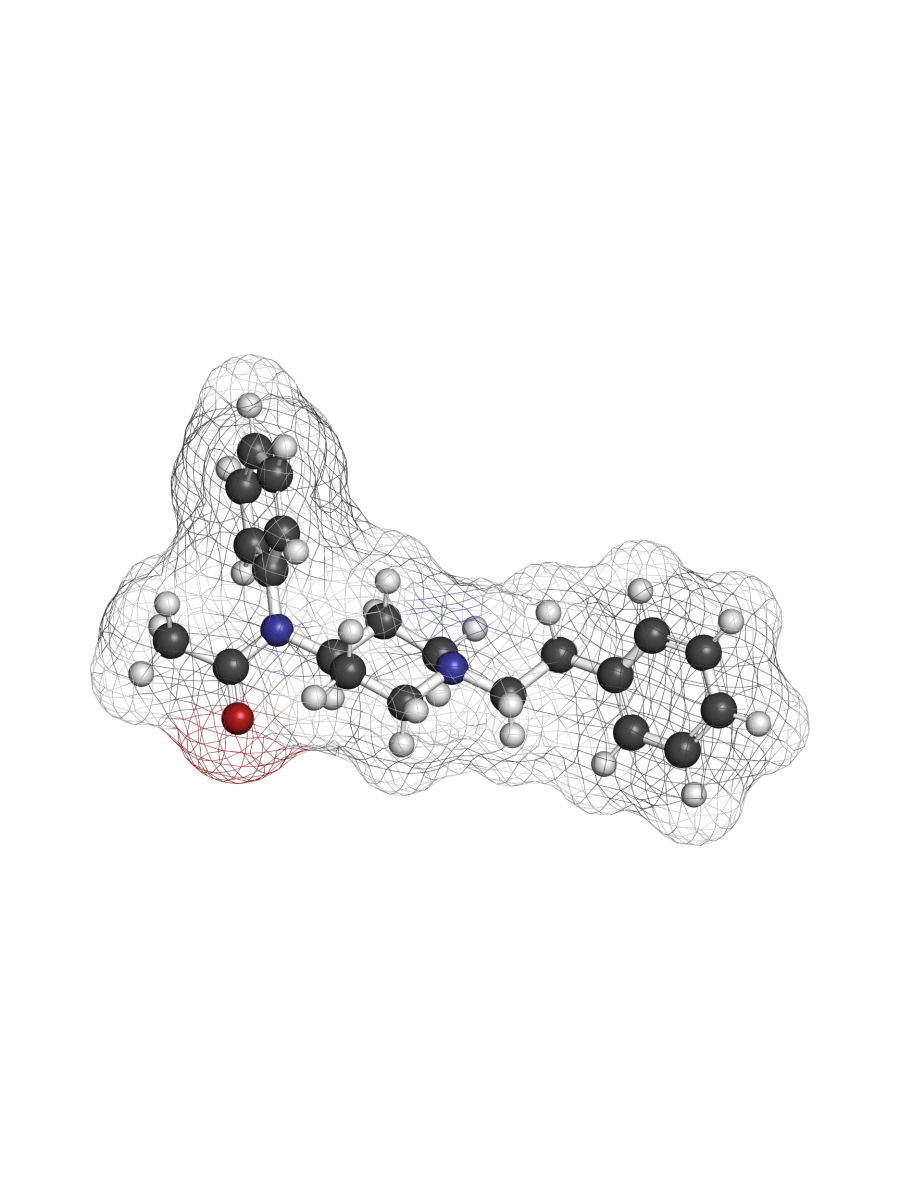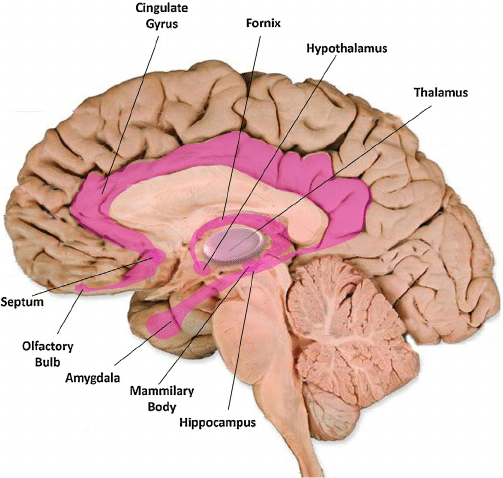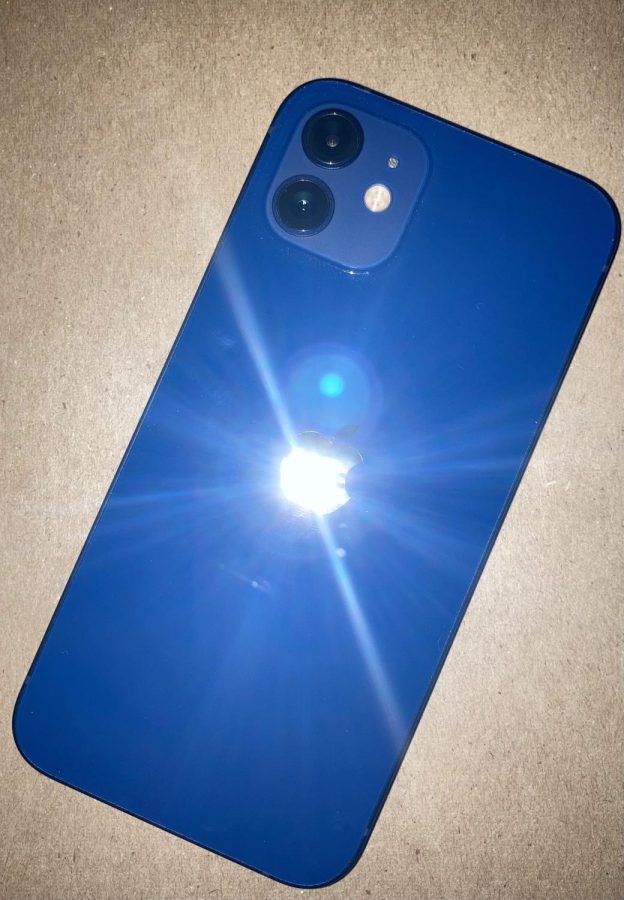A New Generation
What the fifth generation means for future iPhones
The iPhone 12 has similar camera usage as it has in the past, but this time there is a night vision.
Released on Oct. 23, the iPhone 12 has left a lot of people questioning its worth. Apple releases a new phone almost every year, so large updates for new technology are scarce when it comes to every new iPhone. With an $800 price tag, the most impactful feature with this phone is its transition from fourth generation (4G) to fifth generation (5G).
Data generations are the services that help consumers when it comes to tasks like downloading, uploading and messaging. The transition the iPhone 12 took can result in seconds of download time regardless of the file’s size when before, 4G would create an outturn of minutes or even hours in some cases. For messaging, consumers are able to deliver and receive messages within fragments of a second in comparison to seconds of waiting.
“From the small amount of time I’ve had the phone, I haven’t had to wait for anything while I did with 4G,” sophomore Colin Atkinson said.
The only problem with the new phone is the fact of data carriers not being able to catch up with the new technology. Service carriers such as T-Mobile, Verizon and AT&T have not had the time to create a way for this service to work except in higher populated cities like New York, all according to verizon.com. With 5G, the new iPhone uses shorter wavelengths, meaning a larger amount of information can travel faster.
Although these carriers have 5G capabilities, they do not run on the highest frequency they can because of expenses. To make 5G work how it is intended and advertised to, there needs to be a multitude of antennas everywhere to combat the high wavelengths, which means more money for building and powering. The biggest misconception currently with 5G is that it is overwhelmingly better than 4G. Even at a performance rate of 20% higher than Long Term Evolution, or 4G LTE, it is far from perfect, all according to cnn.com.

















![Orchestra teacher Mieloch is seen directing the orchestra. Mieloch has been teaching for 14 years and is passionate about music.
“Ever since eighth grade I wanted to be a conductor,” Mieloch said. “When I got into high school, I had a couple of really great teachers that made me want to be a teacher and I felt like ‘let’s put them together,’ and I [became] an orchestra teacher.”](https://fzwnews.com/wp-content/uploads/2023/11/kUyj9QUMZeOPBGTDD833b9WDk7Yvt7yppa5Htzqv-800x1200.jpg)

























